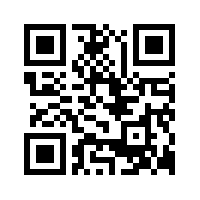Uni-directional vs. multi-directional TV antennas
Antennas described as "uni-directional" or sometimes just "directional" are designed to receive signals from one direction. "Multi-directional" or "omni-directional" antennas are able to receive signals from all directions.
Directional antennas are able to pull in signals from greater distances, and because they "see" in only one direction they are resistant to noise and "multipath distortion" (a problem created when an antenna receives reflections of the desired signal). Because multi-directional antennas "see" in many directions they are more likely to pick up noise, interference, and multipath distortion.
If all of those stations are transmitting from an area covering a range of 20° or less, you can probably receive them using a uni-directional antenna. If the transmitters are positioned more than 20° apart, try a multi-directional antenna. As an alternative to a multi-directional antenna, you might consider combining a uni-directional antenna with a "rotor," which lets you remotely rotate the antenna to pick up stations in multiple directions.









